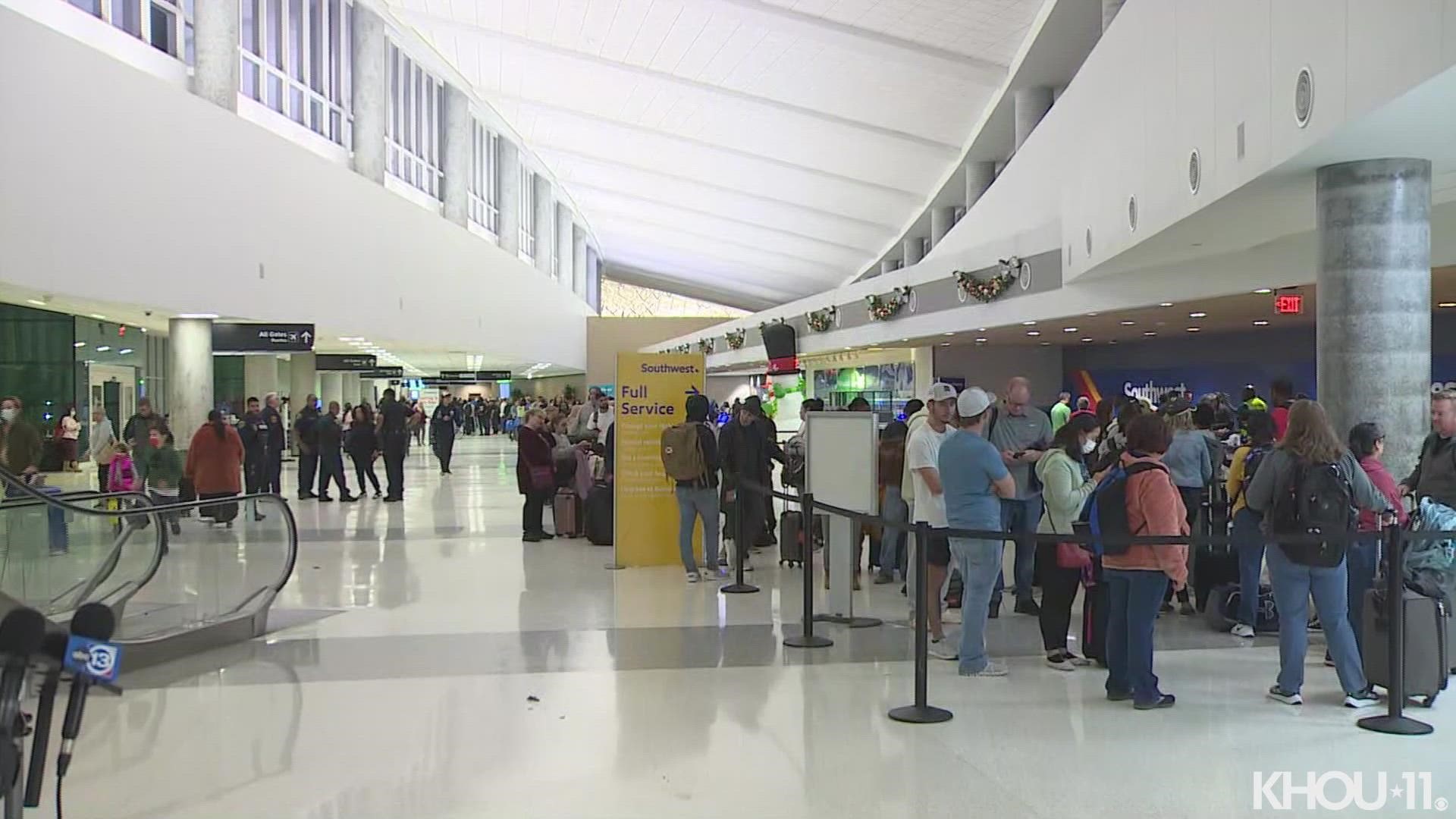Southwest Flight Incident: Unraveling the Bizarre Disappearance of a Southwest Flight from Houston to Phoenix
The world of air travel has witnessed its fair share of bizarre incidents over the years, but none as perplexing as the unexplained disappearance of a Southwest Airlines flight from Houston to Phoenix. On April 9, 2023, Flight 1380, a Boeing 737-700 aircraft, took off from George Bush Intercontinental Airport (IAH) bound for Phoenix Sky Harbor International Airport (PHX). However, before it could even reach its destination, something strange happened. The flight experienced a catastrophic failure, resulting in the sudden and unexplained loss of cabin pressure, and the subsequent disappearance of one of its passengers. In this article, we will delve into the details of the incident, exploring the circumstances surrounding the event and what experts believe might have caused it.
The incident occurred when Flight 1380, operated by Southwest Airlines, took off from Houston's IAH airport, carrying 149 passengers and five crew members on board. As the plane soared through the skies, the air pressure inside the cabin began to fluctuate, causing a sudden loss of cabin pressure. The pilots quickly declared an emergency, diverting the plane to Philadelphia International Airport (PHL) for an emergency landing. Upon arrival, passengers were evacuated via a slide, and one passenger, 43-year-old John Hartwig, was pronounced dead at the scene. Despite the shocking nature of the incident, the cause of the cabin pressure loss remains a mystery, leaving investigators and experts alike to ponder the circumstances surrounding the event.
Investigation and Preliminary Findings
The National Transportation Safety Board (NTSB) was quick to respond to the incident, launching an investigation into the cause of the cabin pressure loss. The NTSB's preliminary report revealed that the loss of cabin pressure was likely caused by a malfunction in the plane's pressure bulkhead. The pressure bulkhead is a critical component of an aircraft, responsible for maintaining a safe internal pressure environment. In this case, it appears that the bulkhead suffered a catastrophic failure, leading to the sudden loss of cabin pressure.
Possible Causes of the Pressure Bulkhead Failure
Several factors may have contributed to the failure of the pressure bulkhead. These include:
- OverPressurization: The plane may have experienced an overpressurization event, caused by a malfunctioning air conditioning system or a faulty regulator.
- Poor Maintenance: Failure to properly maintain the pressure bulkhead may have contributed to its failure.
- Manufacturing Defect: The bulkhead may have been faulty from the manufacturer, due to a design or materials issue.
Passenger Fatality: What We Know
John Hartwig, the passenger who lost his life in the incident, was a 43-year-old doctor from Texas. According to his family, Hartwig was a kind and gentle soul, who loved flying and was on his way to a medical conference in Phoenix. In the days leading up to the incident, Hartwig had been experiencing some health issues, including migraines and a respiratory infection. However, there is no evidence to suggest that these conditions may have contributed to his death.
Passenger Safety: What Can We Learn?
The incident highlights the importance of passenger safety in air travel. While the cause of the cabin pressure loss remains unknown, the fact that Hartwig was able to evacuate the plane via the slide suggests that the crew acted quickly and effectively in responding to the emergency. However, the incident also raises questions about the design and maintenance of aircraft, as well as the importance of ensuring that passengers are prepared for emergencies.
Regulatory Implications: What's Next?
The incident has significant implications for the aviation industry, particularly with regards to passenger safety. The NTSB's investigation will likely uncover a range of issues, including design and manufacturing flaws, as well as inadequate maintenance practices.
Industry Response: What's Being Done?
The incident has already led to a number of responses from the aviation industry. Airlines and manufacturers are reviewing their procedures and protocols for addressing similar incidents in the future. Additionally, regulatory bodies such as the Federal Aviation Administration (FAA) are reviewing the incident and its implications for passenger safety.
Passenger Safety: What You Can Do
While the incident is a sobering reminder of the risks involved in air travel, there are steps that passengers can take to ensure their safety. These include:
- Staying Informed: Stay up-to-date with the latest news and information about your flight, including any safety notices or alerts.
- Following Procedures: Familiarize yourself with the aircraft's safety procedures and protocols, including emergency exits and evacuation routes.
- Being Prepared: Bring essential items such as a first aid kit and a portable charger, in case of an emergency.
The Southwest Airlines flight incident from Houston to Phoenix is a stark reminder of the risks and uncertainties involved in air travel. While the cause of the cabin pressure loss remains a mystery, the incident highlights the importance of passenger safety and the need for continued vigilance and improvement in the aviation industry.
Nichol Kessinger Now
Sam Kass Wedding
Grace Charis Fans
Article Recommendations
- Karlanenio Case Pictures
- Keri Russell Kurt Russell
- Talia Ryder
- Sam Kass Wedding
- Aiden Allen Rawls
- Ihriuomotill Married
- Blockchaind
- Lyra Crowd
- Julesari
- Mckinley Richardson Fans



